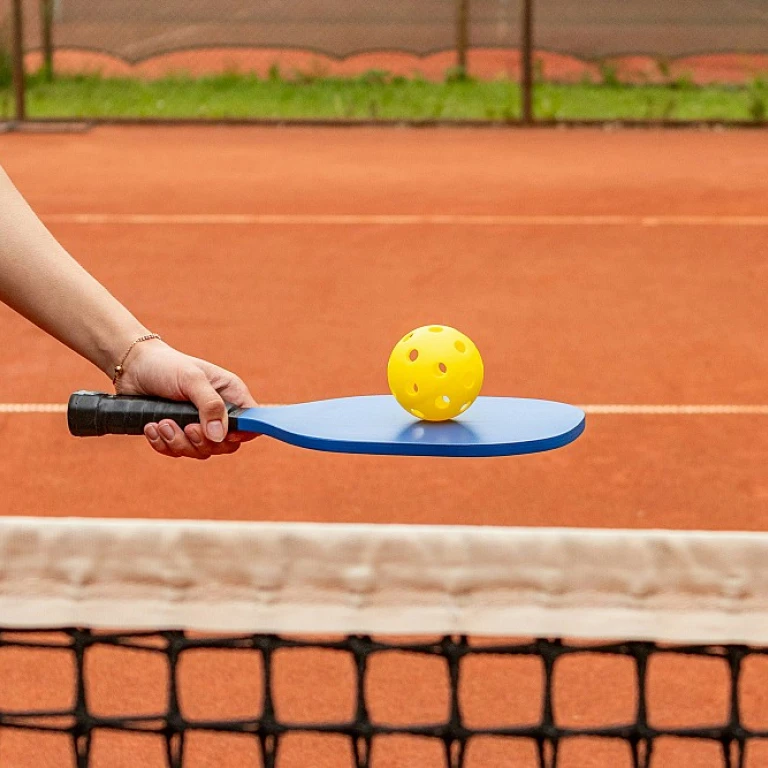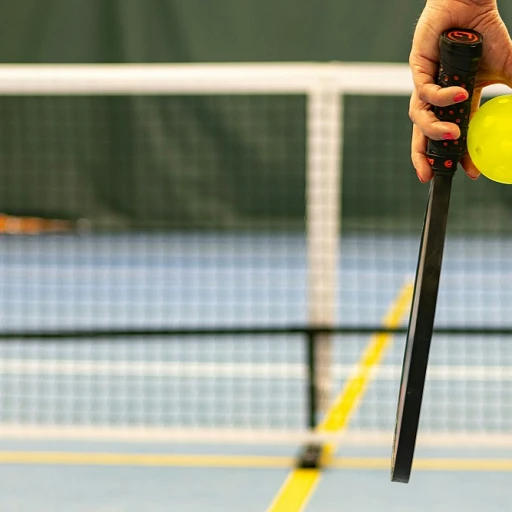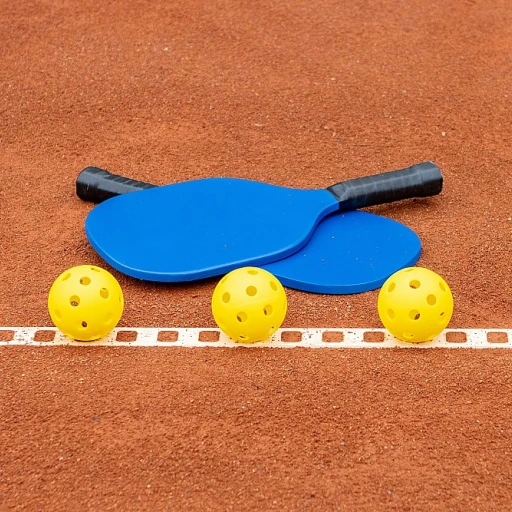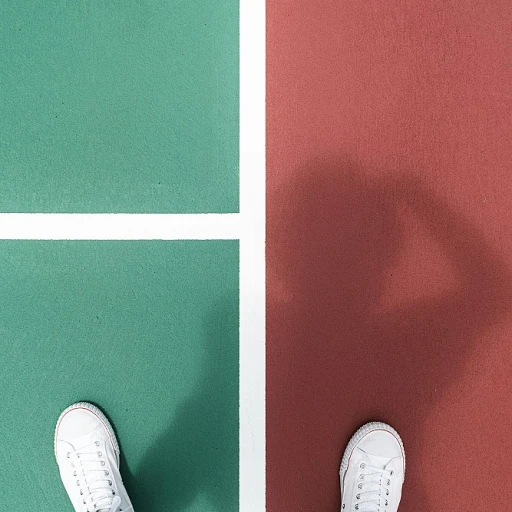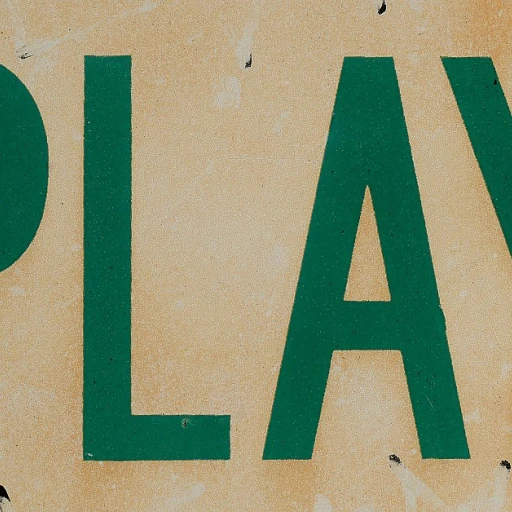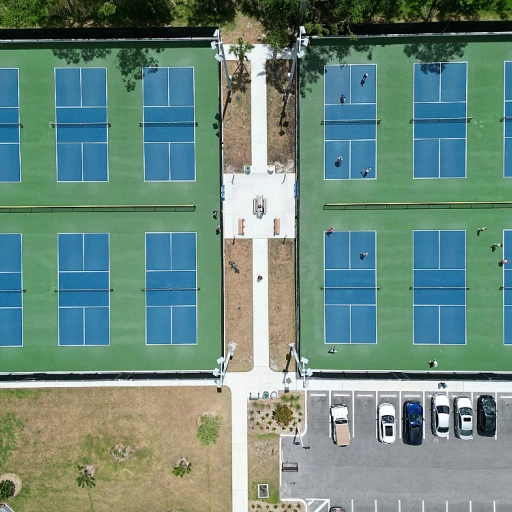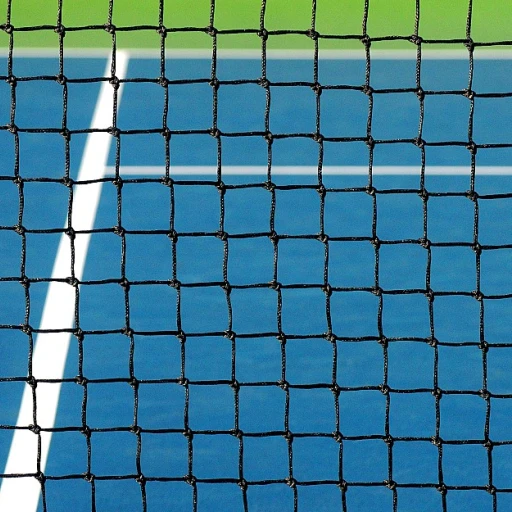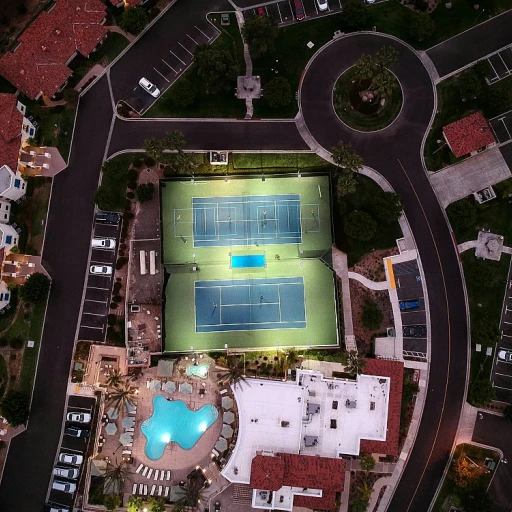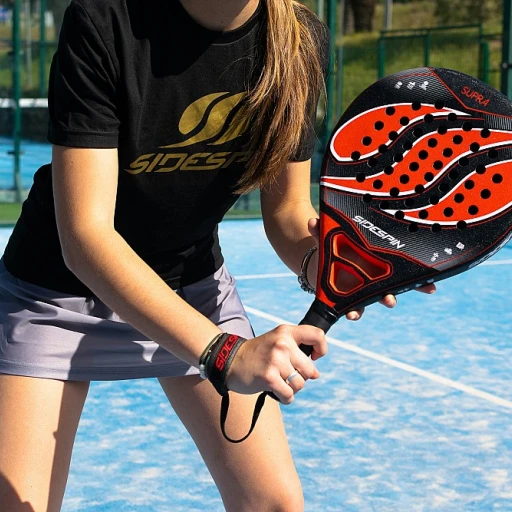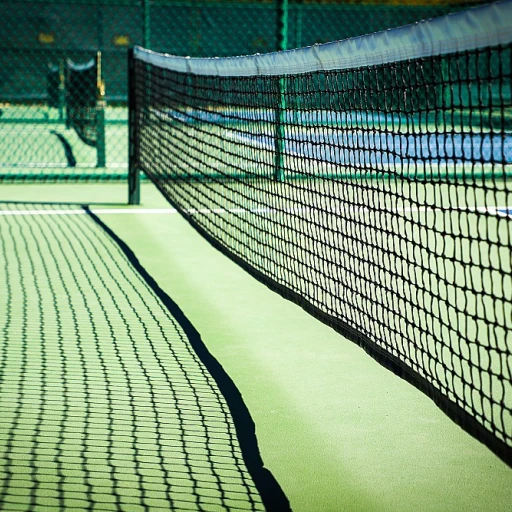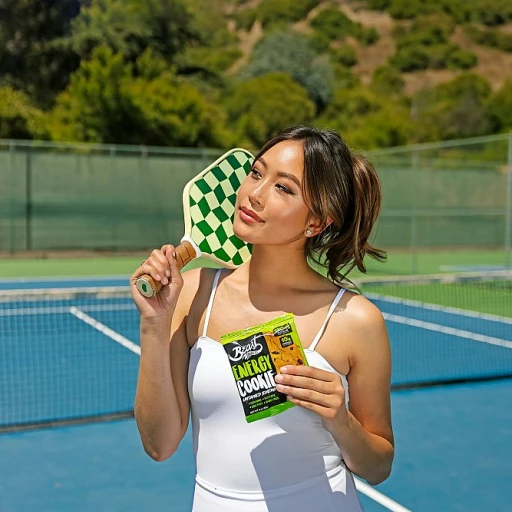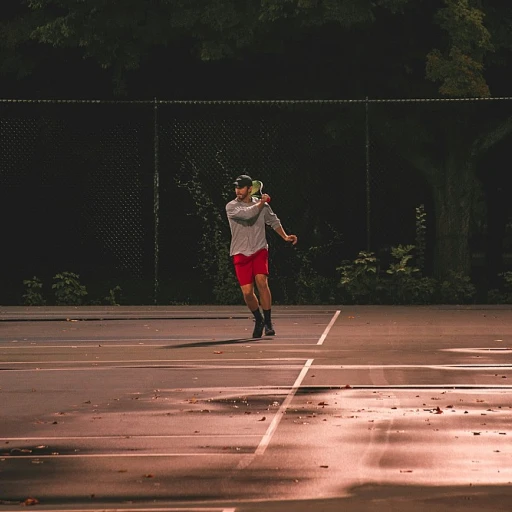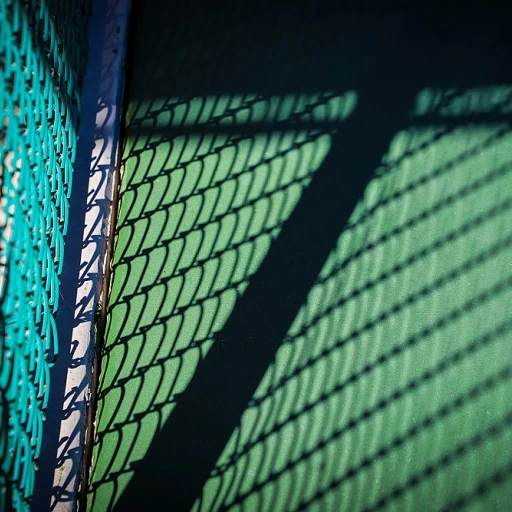
Material and Construction
Material Composition: Key Differences
Understanding the materials used in pickleballs is crucial for players aiming to select the right type for their game. When it comes to indoor and outdoor pickleball balls, the material plays a significant role in how each ball performs on different surfaces and under varied conditions. Outdoor balls are typically crafted from harder plastic, which is designed to endure the rigors of concrete or asphalt courts and withstand environmental factors like wind. This construction allows them to maintain their bounce and resist scuffs and scratches. Conversely, indoor pickleballs are made from softer plastic to enhance their performance on smoother indoor courts, often made of wood or synthetic materials. The softer construction of indoor balls results in a quieter game and slightly reduces the bounce, making them more manageable on indoor surfaces where accuracy and control are frequently prioritized by players. For players looking for an option that seamlessly blends performance characteristics, the Raptor X Omega Pickleball is a popular choice due to its impressive adaptability across different playing environments. Consideration of material and construction is important when selecting pickleballs due to varying environmental factors and gameplay expectations. Further differences in design, including the number of holes and their arrangement, also significantly impact performance, cutting across other sections of this discussion.Design and Appearance
Visual and Structural Characteristics
When it comes to pickleballs designed for indoor and outdoor play, their design and appearance significantly cater to their intended environments. This differentiation influences not only the performance but also the preference of players who engage in the sport in various settings.
Indoor pickleballs typically have a suaver, softer plastic design with fewer holes, usually numbering around 26. This construction aids in achieving optimal bounce and control on smoother surfaces like indoor courts and helps maintain consistent play. The smaller number of holes in indoor balls is deliberate, reducing drag and ensuring a steadier flight.
Contrastingly, outdoor pickleballs are manufactured to withstand the challenges of open-air conditions. These balls are crafted using harder plastic, offering increased durability against the abrasive nature of outdoor surfaces, like asphalt or concrete. Outdoor pickleballs have a greater number of holes, often ranging up to 40. These larger holes in outdoor play facilitate better aerodynamics, helping in wind resistance and stability during the game.
Understanding these visual and structural disparities is essential for players who want their equipment to enhance rather than hinder their performance. Whether you prefer the quiet confines of indoor courts or the dynamic environments that outdoor play offers, selecting the right pickleball is indispensable for achieving an enjoyable playing experience.
Gameplay Differences
Variations in Play and Ball Performance
When it comes to playing pickleball, the type of ball you choose can significantly affect your playing experience and overall performance. One of the main factors to consider is how pickleballs react differently in gameplay situations, depending on whether they are used in indoor or outdoor settings. Indoor pickleballs are designed for play within enclosed spaces such as gymnasiums. They tend to be made from a softer plastic and are characterized by a higher number of smaller holes compared to outdoor pickleballs. This design leads to a softer bounce off the court surfaces and slower flight speeds, which can help players maintain better control over the ball during indoor play. On the other hand, outdoor pickleballs are crafted to withstand varying weather conditions, which can include wind and moisture. These pickleball balls generally have fewer, larger holes, making them suitable for playing on hard outdoor courts. The harder plastic material used in outdoor balls helps them perform consistently, ensuring they remain less affected by wind conditions, leading to a more predictable bounce during outdoor play. As you can see, the choice between indoor and outdoor pickleball balls is crucial, impacting various aspects of your game, such as control, speed, and adaptability to environmental conditions. The nuances of how these pickleballs perform add a layer of complexity to understanding the vibrant world of pickleball court colors, where court environment can further influence your gameplay. Choosing the right pickleballs tailored to the specific conditions of your play environment is essential to achieving the best performance on the court.Environmental Considerations
Impact of Environmental Conditions
When playing pickleball, environmental conditions significantly affect the performance of the balls. Whether you're engaging in indoor or outdoor play, different factors come into play that can influence your game. Understanding these can make a difference in your play experience and ball choice. Indoor environments, typically sheltered from natural elements like wind and extreme temperatures, provide a stable setting for players. This means indoor pickleballs, which are generally made of softer plastic, can display consistent bounce and control. The larger holes in these balls help modulate the ball's flight and maintain balance during indoor play on smooth court surfaces. In contrast, outdoor conditions present a different set of challenges. Outdoor pickleballs are usually constructed from harder plastic to withstand the rougher outdoor courts and varying weather conditions, such as wind. The smaller number of holes in outdoor pickleballs reduces wind resistance, allowing better control for players. As a result, outdoor balls are crafted to deliver high performance even in adverse conditions, ensuring reliable bounce and accuracy. Being mindful of these environmental considerations can guide players in selecting the appropriate pickleball for their specific playing conditions and preferences. Adapting to the distinct environments of indoor and outdoor courts not only enhances the quality of play but also extends the lifespan of your pickleball equipment.Choosing the Right Pickleball for Your Game
Selecting the Optimal Pickleball for Your Playing Style
Choosing between indoor and outdoor pickleballs can significantly influence your game, as these balls are specifically designed to match their respective environments. Whether you're playing on indoor courts or outdoor surfaces, keeping certain factors in mind will help tailor your selection to your needs.- Playing Conditions: Indoor pickleballs are crafted from softer plastic and have fewer, larger holes to accommodate the absence of wind on indoor courts. This construction contributes to a softer bounce and more control during indoor play. In contrast, outdoor balls are made of harder plastic and feature more holes, designed to withstand wind and harder outdoor surfaces.
- Performance Aspects: Each type of ball performs differently. Indoor play often involves precise control and consistent rallies, making indoor balls preferable for finesse players. On outdoor courts, where wind and surface variations can affect the game, outdoor pickleballs with a faster trajectory may be the best option for powerful strokes and quick games.
- Court Types: If you're primarily playing indoors, opt for indoor pickleballs that maximize your control and reduce noise on harder indoor surfaces. For those who enjoy outdoor play, outdoor balls provide the durability needed to handle harsher conditions and deliver long-lasting performance.
Popular Brands and Options
Brands and Choices Among Pickleball Players
Navigating the world of pickleball balls involves understanding the differences between top brands and their offerings for indoor and outdoor play. These choices are influenced by factors like material, construction, and the specific demands of various playing surfaces and conditions. Popular brands in the pickleball industry often produce both indoor and outdoor pickleballs, each designed with different features to optimize performance on respective courts. For instance, outdoor pickleball balls are crafted with harder plastic to endure the rigors of outdoor courts and withstand wind conditions, while indoor pickleball options are usually composed of softer plastic, making them ideal for the controlled environment of indoor courts. Several manufacturers are known for their quality pickleball products:- Onix: Renowned for pickleballs such as the Onix Pure 2 and Fuse, this brand offers options with distinct characteristics for indoor and outdoor usage. Onix outdoor balls are known for their durability, while their indoor balls are praised for their performance and bounce.
- Dura: This brand is often associated with competitive play. The Dura Fast 40 outdoor pickleball is particularly popular among players due to its heavier construction and consistent bounce.
- Franklin: Their X-40 outdoor pickleball is another excellent choice, offering a balance of toughness and playability, suited for varied weather conditions.
- Jugs: Perfect for indoor play, Jugs pickleball balls are known for their softer plastic, ensuring better control and reduced noise during play.

